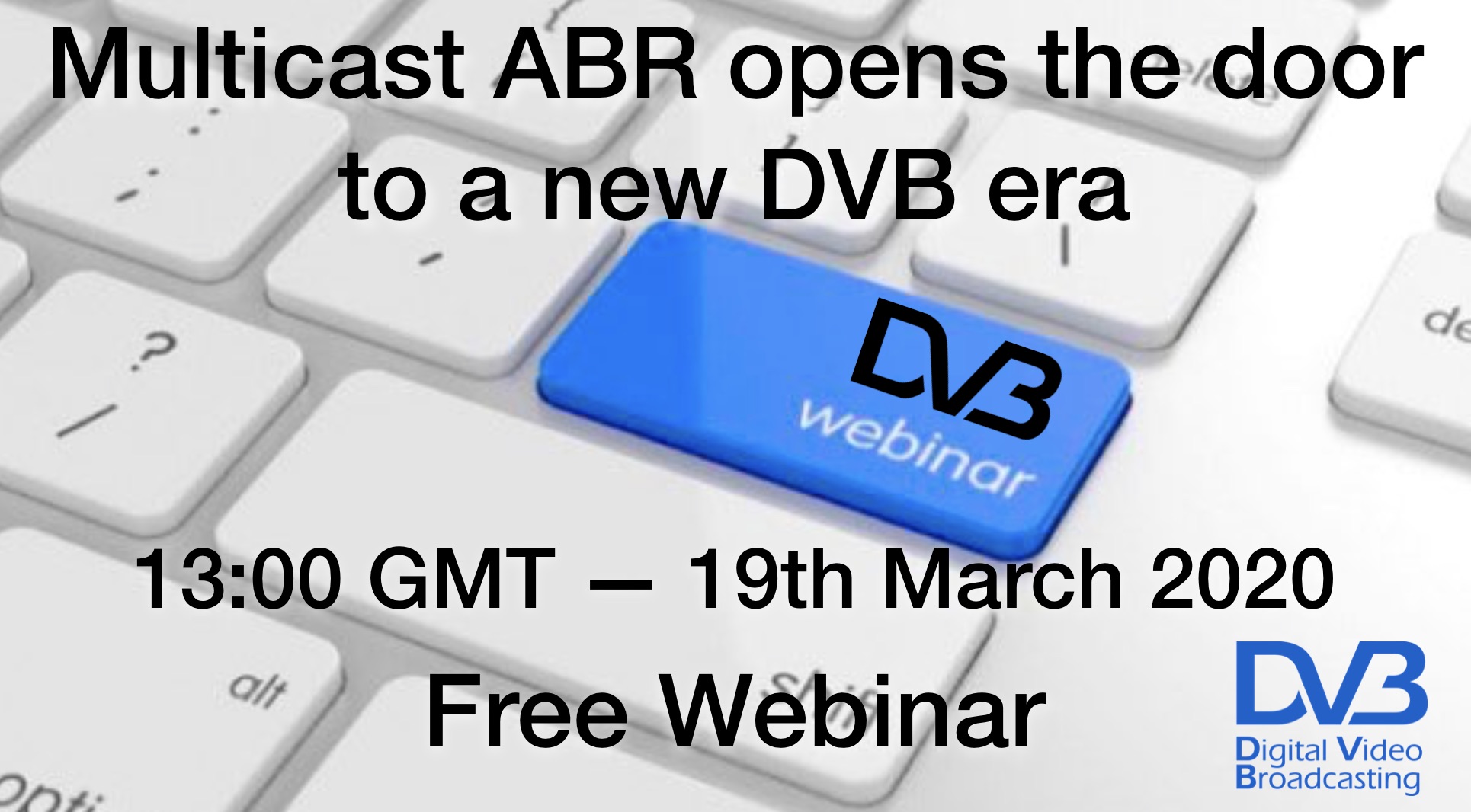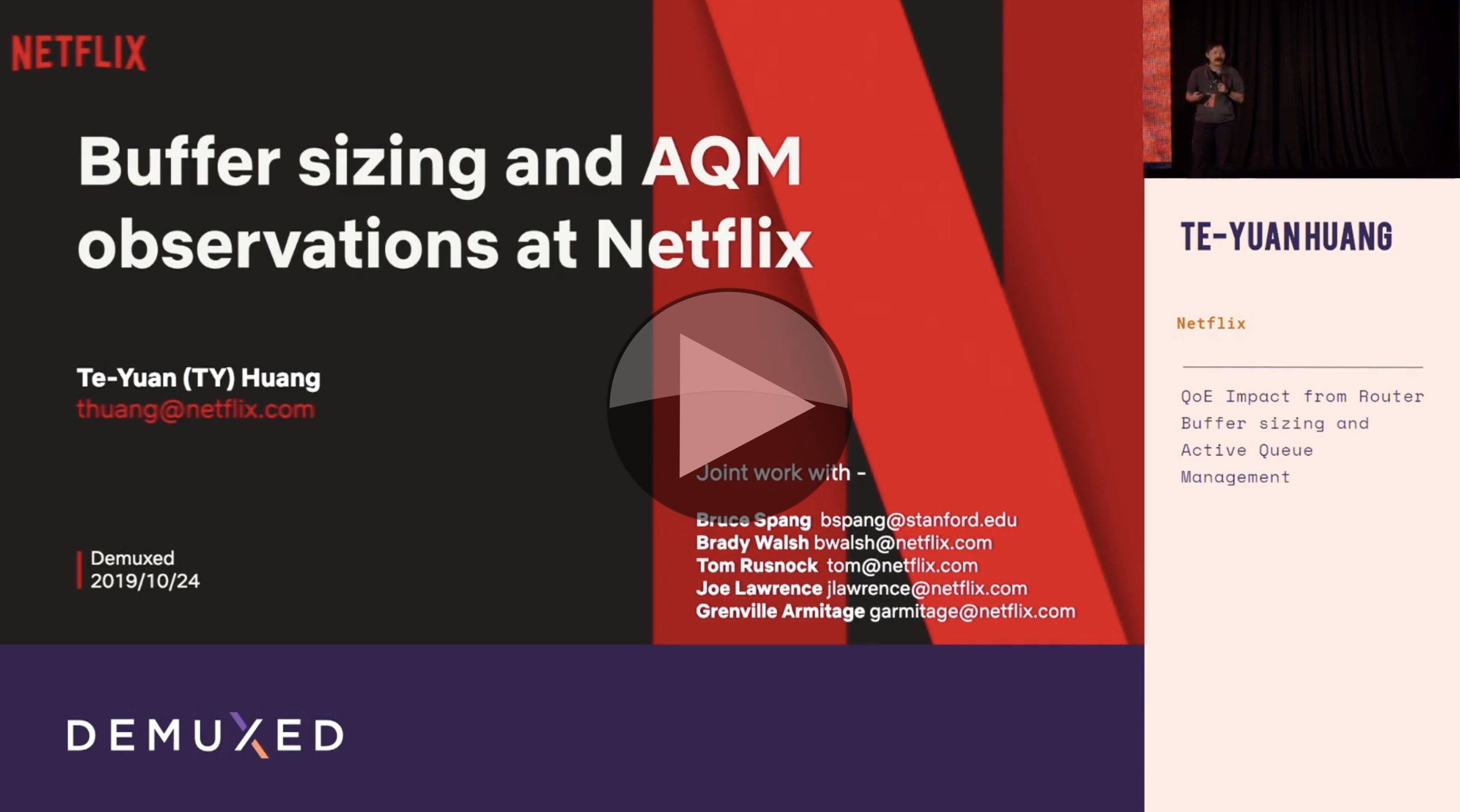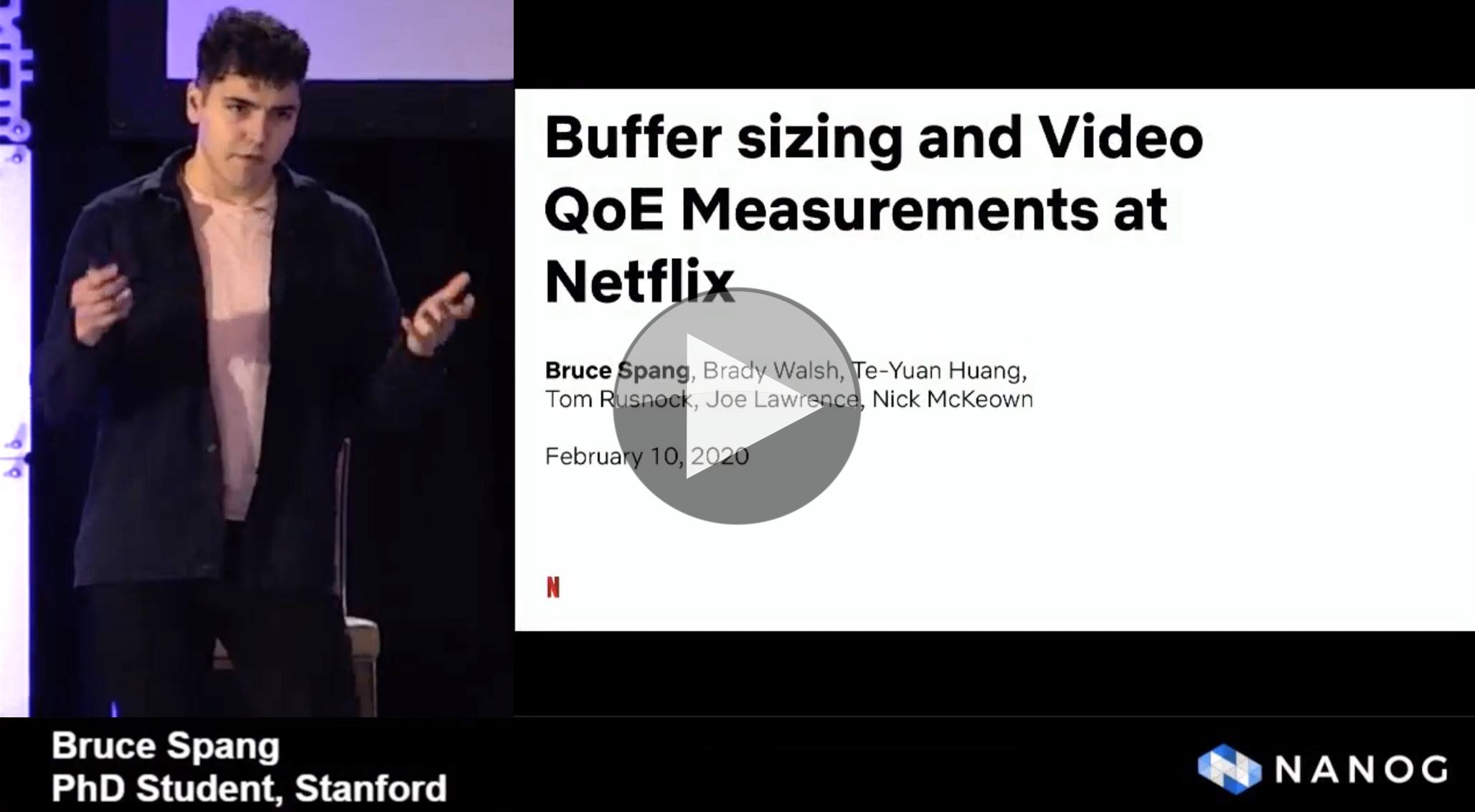
Now available on demand
With video delivery constituting the majority of traffic, it’s clear there’s a big market for it. ON the internet, this is done with unicast streaming where for each receiver, the stream source has to send another stream. The way this has been implemented using HTTP allows for a very natural system, allied Adaptive Bit Rate (ABR), which means that every when your network capacity is constrained (by the network itself or bandwidth contention), you can still get a picture just at a lower bit rate.
But when extrapolating this system linear television, we find that large audience place massive demands on the originating infrastructure. This load on the infrastructure drives its architects to implement a lot of redundancy making it expensive to run. Within a broadcaster, such loads would be dealt with by multicast traffic but on the internet, Multicast is not enabled. For an IPTV system where each employee had access via a program on their PC and/or a set-top-box on their desk, the video would be sent by multicast meaning that it is the network that was providing the duplication of the streams to each endpoint, not the source.
By combining existing media encoding and packaging formats with the efficiency of point-to-multipoint distribution to the edge of IP-based access networks, it is possible to design a system for linear media distribution that is both efficient and scalable to very large audiences, while remaining technically compatible with the largest possible set of already-deployed end user equipment.
This webinar by Guillaume Bichot which is in place of his talk at the cancelled DVB World 2020 event explains DVB’s approach to doing thus that; combining multicast ordination of content with delivery of an ABR feed, called DVB-mABR.
Video broadcast has been digitised since it’s initial broadcasts in the 30s, and more than once. In Europe, we have seen IP carriage (IPTV) services and most recently the hybrid approach where broadband access is merged into transmitted content with the aim of delivering a unified service to the viewer called HbbTV. Multicast ABR (mABR) defines the carriage of Adaptive Bit Rate video formats and protocols over a broadcast/multicast feed. Guillaume explains the mABR architecture and then looks at the deployment possibilities and what the future might hold.
mABR comprises a multicast server at the video headend. This server/transcaster, receives standard ABR feeds and then encapsulates it into multicast before sending. The decoder does the opposite, removing any multicast headers revealing the ABR underneath. It’s not uncommon for mABR to be combined with HTTP unicast allowing the unicast to pick up the less popular channels but for the main services to benefit from multicast.
Guillaume explores these topics plus whether mABR saves bit rate, how it’s deployed and how it can change in the future to keep up with viewers’ requirements.
Watch now on demand!
Speaker
 |
Guillaume Bichot
Principal Engineer, Head of Exploration
Broadpeak
|









